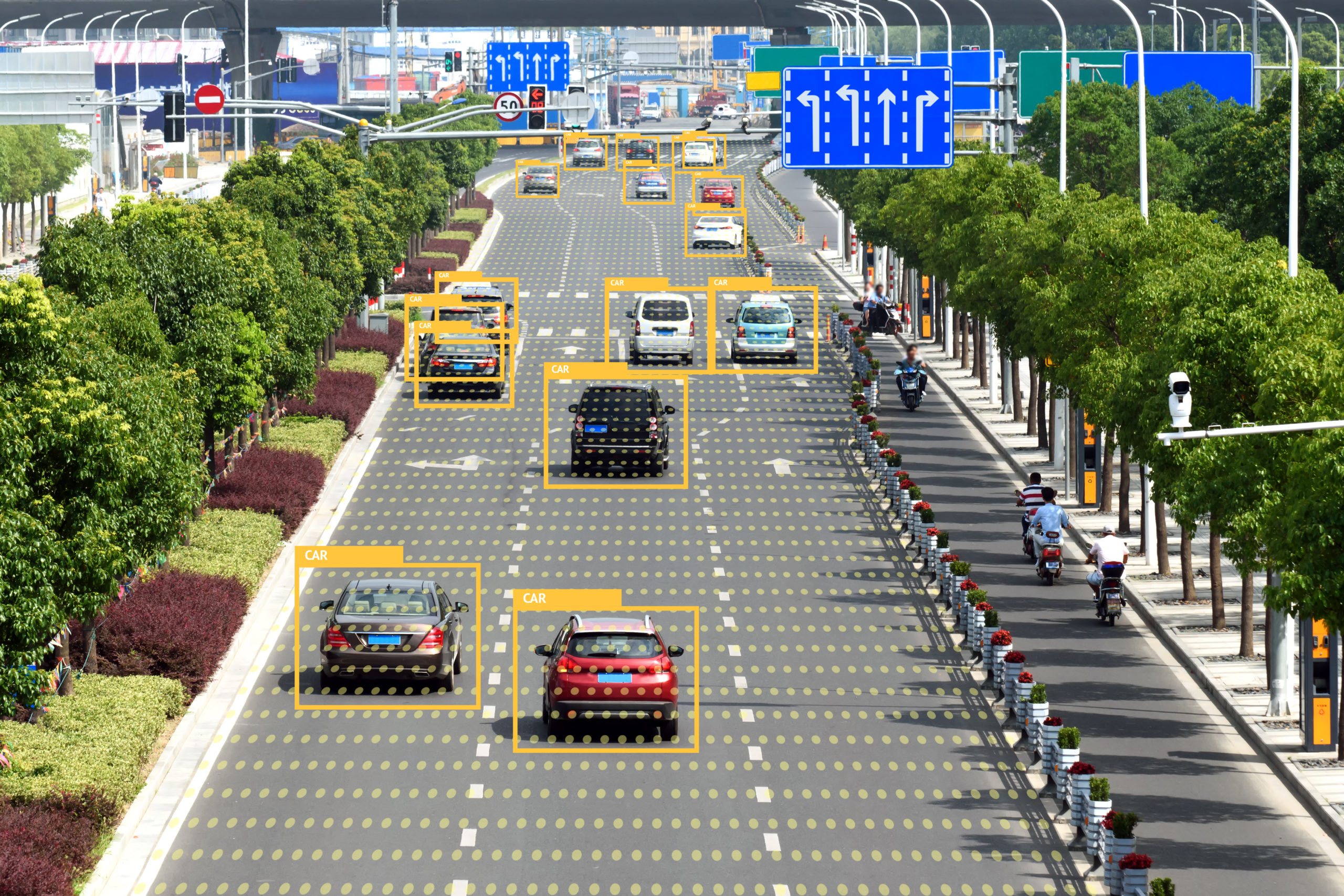Companies across all industries in today’s data driven world rely on artificial intelligence (AI), and machine learning (ML) to draw valuable insights out of vast amounts of data. Image annotation, an essential aspect of computer vision, helps to understand visual data. In this piece, we look into the realm of image annotation, and discuss the significance of image annotation tools such as software, solutions, and tools to unleash the full potential of decision-making based on data.

Image annotation is a process that involves labeling, or tagging images with metadata. This helps computers understand and interpret visual information accurately. Image annotation lets models using ML to identify the patterns, objects, and attributes in images by adding annotations like bounding boxes or polygons. This bridges the gap between raw images and actionable insights, opening up the possibility to a variety of applications, like autonomous vehicles, medical imaging, ecommerce and surveillance.
A wide variety of tools has been created to speed up the process of image annotation. These tools have intuitive interfaces to allow annotators make notes on objects or areas that are of interest in images without any difficulty. They offer a broad range of annotation features and customization options to fit different data requirements. Image annotation tools come with many tools, including basic drawing tools to automated suggestions and advanced shape recognition. They enhance the accuracy and effectiveness of annotation and permit annotators to perform their perform their work efficiently and quickly.
Image annotation solution takes the annotation process to the next level by incorporating automation and collaboration features. These software applications use ML algorithms to automate the process making it easier to work with less manual effort and making annotation faster. The annotation software uses methods like active learning and transfers learning to improve the speed of labeling, while also ensuring high-quality outcomes.
An annotation software allows seamless collaboration between multiple annotations. It provides real-time synchronization, annotation versioning and commenting features, ensuring a smooth flow of communication and fostering a collaborative environment. This approach to collaboration does not just improve the quality of annotations, it also facilitates knowledge sharing and makes sure that annotations are consistent.
When choosing an image annotation program, there are a variety of factors to think about. In the first place, it needs to be aligned with the specific requirements of the particular project. These include the kinds of annotation (e.g. polygons and keypoints), complexity of the labeling tasks, and the ability to scale.
Second, flexibility in the solution is vital. An effective annotation system should permit the customisation of workflows for annotation, integration with existing systems for managing data as well as compatibility with different data formats. This flexibility allows the annotation software to fit seamlessly into existing workflows.
The quality of annotations generated by the solution is also something to be assessed. The most reliable image annotation software uses quality control techniques to ensure accurate and consistent labeling. These include agreements between annotations, inter-annotator check, validity of annotations and continuous feedback between annotators.
Image annotation has an enormous impact that goes far beyond the process of annotation. Tools, solutions for image annotation, and software can help businesses increase the value of their information in a variety of ways. The most important thing is that accurate annotations can be used to aid in the training and development of ML models with better precision and resiliency. These models can then be applied to various tasks like image recognition, object recognition and detection of anomalies.
Image annotation can also aid in data-driven decision making by providing deep, valuable information from visual data. In the medical industry, annotations on medical images assist in diagnosing diseases as well as identifying anomalies and planning treatment plans. In e-commerce environments, annotations of images support product recommendation systems, image search functionalities, and visual merchandising techniques.
Annotation of images in conjunction with data science has revolutionized our way of working. It’s a powerful tool that can unlock a wealth of data. It speeds up data analysis, uncover undiscovered relationships, and produce real-time insight. Organizations can get a competitive edge by speeding up their processes by using image annotation. They will also be able to reduce costs and increase efficiency. Taking into account the ability of images to convey concepts that are simpler to comprehend than abstract figures, properly annotated images also improve the accessibility of data and accessibility for all stakeholders in every organization. If done properly, annotation can be a very effective way to transform data into useful analysis and boost the efficiency of all the applications.